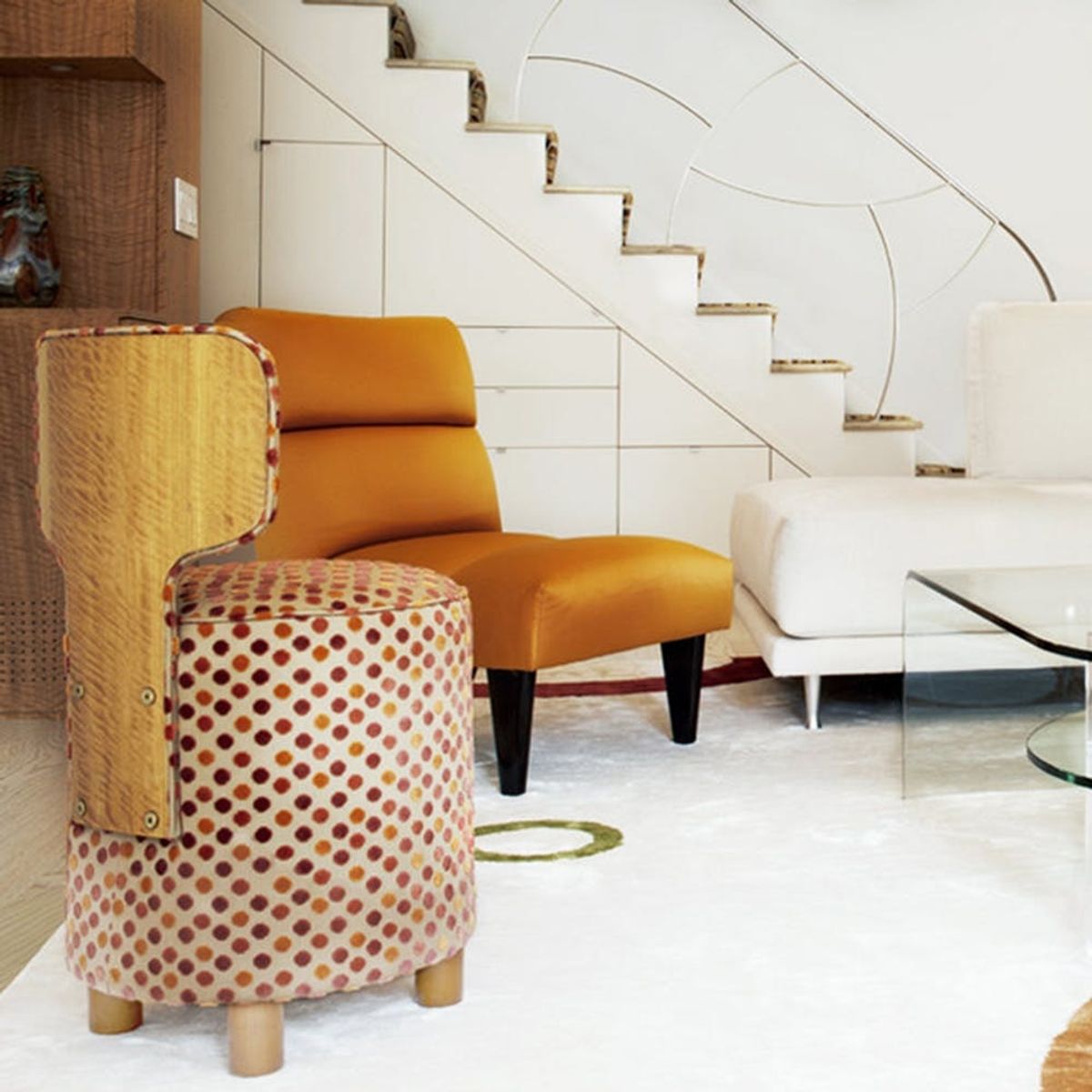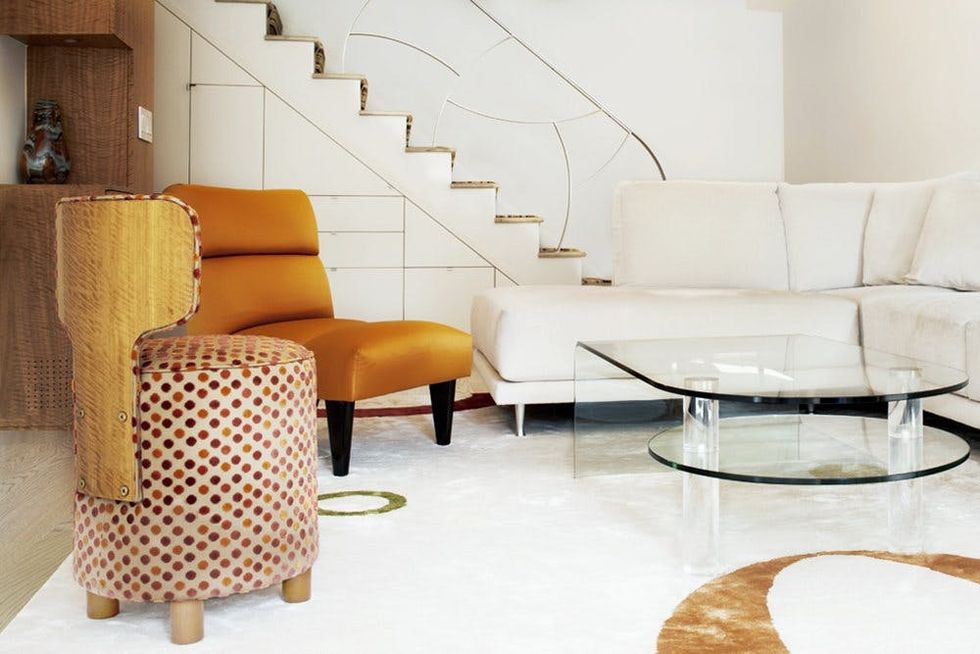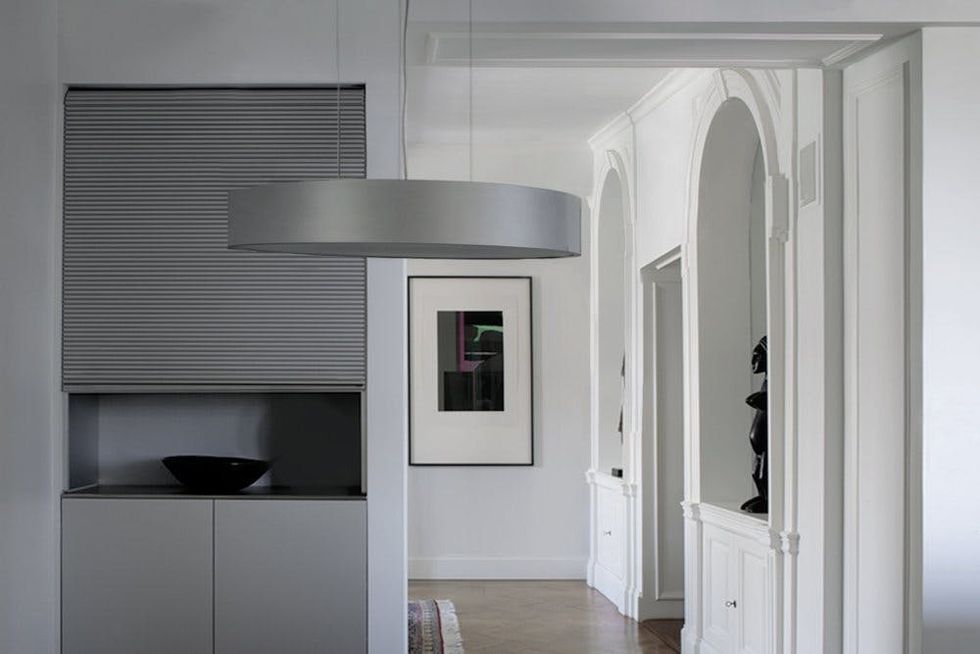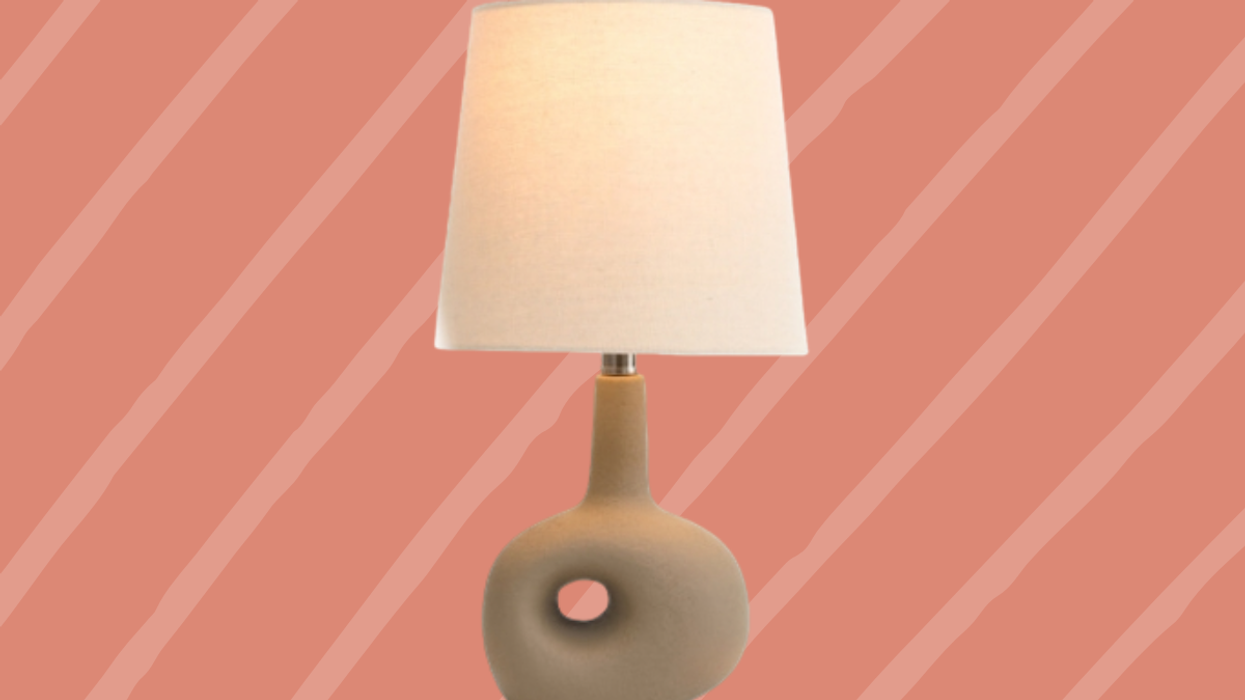Your home is your temple.
How to Make Your Home Feel More Zen

Whether you define self-care as drinking green smoothies or treating yourself to a bath bomb-studded soak at the end of a hard day, there may be a major area of wellness-boosting potential that you’re neglecting: your home. According to NYC wellness-driven architect and designer Carolyn DiCarlo, the link between living space and personal wellbeing is an important one. “A cluttered space or a poorly configured home can manifest in our bodies as depression or illness,” she says. What’s a self-care enthusiast to do? DiCarlo shares her tips for turning this overlooked asset into your biggest source of zen vibes.

1. Make your personal space truly personal. “Make yourself a space (reading corner, TV seat, meditation space) that reflects what you need,” says DiCarlo. Even if it’s just a pillow on the floor in a corner of a small studio apartment, it’s important to have one spot where you know you can always relax. Carve out a little room for yourself to do what you love and you’ll find yourself re-centering more often. “Only if you have a safe place [at home] can you be comfortable and truly effective in the world,” DiCarlo tells us.
2. Bring nature in. “There’s nothing more de-stressing than sinking into the rhythms of nature,” says DiCarlo. While it’s certainly trendy to turn your home into a plant-filled paradise to boost your mood, even those with a brown thumb can harness the power of nature reap the benefits. “Direct [the layout of] a room to the time of day that light comes in, and take advantage of that,” suggests DiCarlo. “You might want a reading corner in a room where the sunlight comes in from behind you as you read.” If you can’t bring in natural light, look for the next best thing in lighting. “I prefer to stay clear of LED bulbs, using incandescents or low-voltage incandescent halogen bulbs [instead],” says DiCarlo. “LED bulbs lack the infrared spectrum that’s critical to your cellular health. I appreciate their longevity and cost-savings, but having good sustained health is ultimately cheaper.”
3. Get serious about noise stress. City-dwellers in particular understand the perils of a noisy neighborhood. If construction, honking cars, or a neighbor’s overzealous dog are making your house less-than-calm, look for a proactive solution rather than just waiting for the noise to go away. “Maybe you can resolve it with a layer of QuietRock installed on your walls to minimize the stress that ‘that noise’ causes,” says DiCarlo, “or find a recirculating fountain to drown out low-level sounds with the healing sounds of water.” Whatever solution you decide on, you’ll be amazed what a difference true peace and quiet can make, especially at times when tension is already running high.

4. Mind your materials. Even furniture and finishes can impact the way you’re able to relax in a space. “Some feel good to the touch, like marble and wood, while others are just too rough, harsh, or just annoying,” says DiCarlo. Of course, everyone’s preference is different, but the point here is not to feel guilty about replacing functional-but-not-comfy pieces with something that inspires calm. “Get rid of those things that don’t make you happy and replace them with those that do,” DiCarlo urges.
5.Get in the flow. Some furniture arrangements *look* great, but they’re just not practical for how you really live. “If you have to step around things, or feel like you’re running into furniture because the layout doesn’t work with the circulation flow, then it’s time to rearrange,” says DiCarlo. The impact can be more far-reaching than you think. “Although it seems like a subtle thing, chances are that same ‘blocked’ feeling is present in other areas of your life (e.g., feeling like your relationship is stuck or impeded, or feeling blocked in your career),” she says. “If you cure the problem in your environment, it will naturally affect the other areas of your life. [These zones are] not as separate as we think they are.”
6.Trust yourself. “You know what the problem with your space is better than anyone,” says DiCarlo. If there’s a detail of your home situation that grinds your gears, address it head-on. (After all, this is your mental well-being we’re talking about.) Whether it’s a chair that strains your neck, a fluorescent light that buzzes and flickers, or even just a wall color you truly hate, there’s no shame in prioritizing your needs and kicking problematic home elements to the curb. Even budget-friendly switch-ups like adjusting lighting, reorganizing to prioritize convenient placement of your most often-used items, and changing where you sit in relation to your front door can make a big difference.
RELATED: 6 Genius Closet Storage Tips from the Top Celebrity Organizers
(Photos via Carolyn DiCarlo)


















